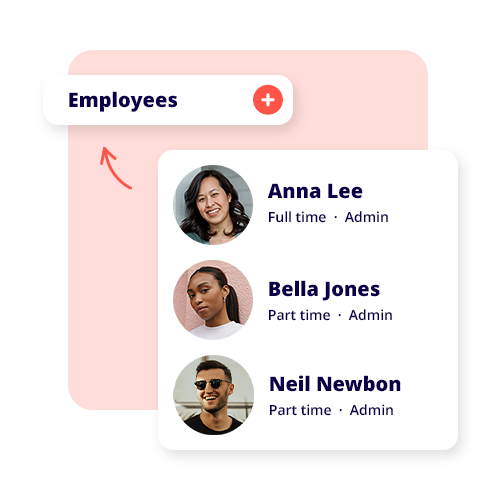Reckon Blog
News and insights for small businesses
Reckon Product Updates for 2025: Release Recap
In 2025, Reckon has been busy ensuring that users have more features, quality of life updates, and improvements.
Creating customer profiles and personas for your small business
Looking to take your marketing and sales strategy to the next level? Learn how to use customer personas and profiles for your small business.
The Big Changes in the 2025-2026 Financial Year: What Businesses Need to Know
The 2025-2026 financial year is full of compliance, tax and employee changes that small businesses need. Read here to get informed.
Follow our social media








































